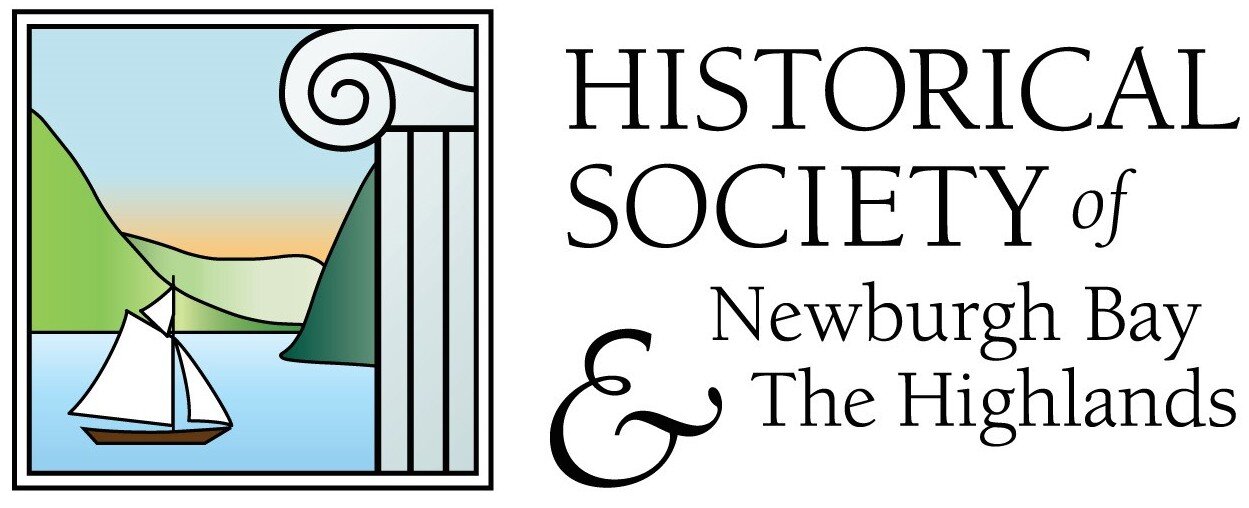Two Sides of a Century-Old Story
Memorial Day remembrances this year take on deeper meaning as we mark a century since the end of “the war to end all wars.” World War I pulled most of the globe into fearful mobilization as men and women departed to foreign battlefields or devoted all their free time to support services to keep their family and friends as safe as possible.
Newburgh experienced incredible bursts of pure patriotism in the years of 1914 through 1918 as residents pulled together to serve thousands of troops and as local men volunteered for service in the military or in special services like the Red Cross and YMCA. Our community had men serving in that war even before America declared its involvement.
Local doctor, James Donovan, accepted a call in 1914 to supervise the central hospital in the city of Belgrade, Serbia, particularly because the American wife of the Serbian Minister to England believed that the support of the United States Red Cross could be life-saving. The Austrian Army was laying waste to Serbia and Madame Slavko Grouitch (the former Mabel Dunlop from West Virginia) envisioned the effect of an American flag flying over the city hospital in the national capital. Dr. Donovan had joined the Red Cross medical service and volunteered for this mission long before The United States entered the war. Since the United States was then a neutral nation, it was hoped that Austrian forces would pass by that emblem of the stars and stripes thus sparing the patients within the big city hospital and the neighborhood surrounding it. That tactic worked because of the bravery of a Newburgh doctor who came home to serve a generation of patients here.
City Manager McKay makes a pilgrimage to the grave of the first Newburgh soldier killed in the war, Judson P. Galloway.
Charles Bazzoni, whose father had started a carriage factory in Newburgh in 1850, (a structure that became Newburgh’s City Hall) was a brilliant physicist and left his post at the University of Pennsylvania early in 1915 to help with new strategies to protect Allied troops from artillery barrage. He stayed in France perfecting the “sound-ranging” technique and served four years overseas.
W. Johnson McKay was a 50 year-old real estate and insurance agent on Montgomery Street when he saw a way to employ his business sense in World War I. He volunteered to go into the war zone and was commissioned as a Captain. McKay organized crucial supply lines inside France. After several assignments, he was put in charge of the strategic supply depot at Le Havre where most materiel arrived for distribution. He remained at that post for 13 months through the war’s end. When he returned to Newburgh, the city council chose him to be their City Manager in the 1920’s.
Reverend Frank Murtfeldt sailed for England with the American Red Cross. He established the war’s largest aid station, The Eagle Hut, in central London to minister to the hearts and bodies of thousands of soldiers passing through to and from the front from March 1918 through May 1919
Dr. Leon Cote, the father of a girl who would grow up to be my pediatrician, led a medical unit stationed in Siberia. Few Americans recall, or even knew then, that three battalions of American infantry and three companies of Engineers went on this expedition deep into the arctic where the temperature dropped to a low of 54 degrees below zero. Their mission was to help Russian troops defeat Bolshevik forces. The mortality rate among soldiers under Dr. Cote’s care was among the lowest in the war.

